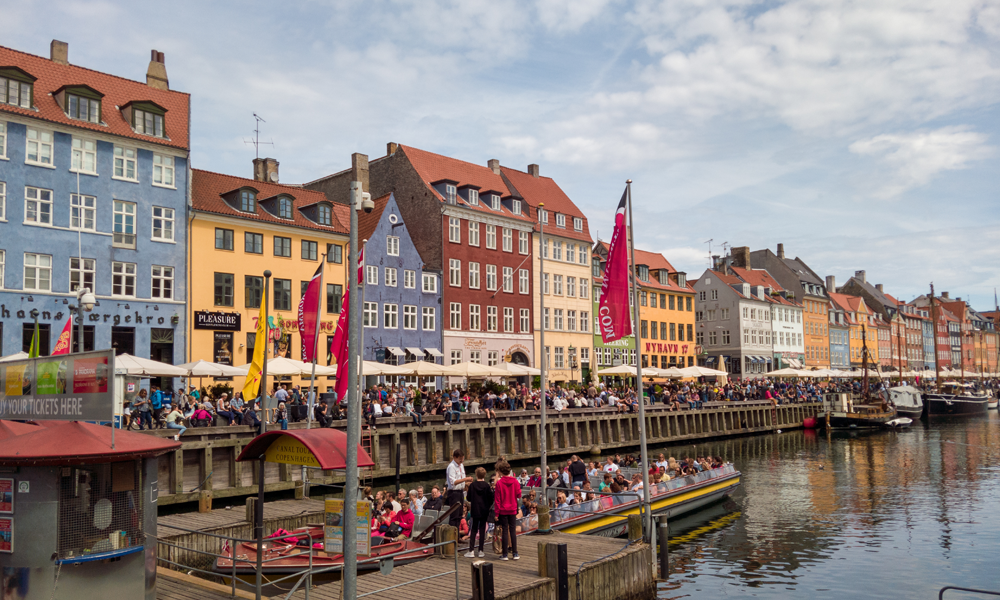Copenhagen's Pilot City Activity: Flexumers4Future

Background
Copenhagen, a city committed to climate neutrality and positivity, faces several challenges in its transition to a flexible energy system. Key barriers include the need for substantial investment, both public and private, in renovating existing buildings for energy efficiency and adopting new technologies. The city’s efforts to engage private building owners, administrators, and residents are crucial but encounter resistance and require innovative business models.
The integration of flexible heat consumption solutions in public buildings is a significant step, but the challenge lies in scaling these interventions citywide. Financial constraints, identified through diligent monitoring by the Climate Department, necessitate continuous engagement with investors. Furthermore, the coordination of efforts between various departments and external partners is essential for success. The pilot activities, under the Flexumers4Future initiative, aim to address these challenges, providing insights for future budgeting and strategic planning to achieve Copenhagen’s ambitious climate goals by 2035.
Description of Activities
The pilot activities centre on supporting the deployment of flexible heat consumption solutions in three cohorts of buildings during the project’s duration – with the aim of developing tools, methods and concepts for even further expansion. Concretely, we will aim to implement technology for automated building control and heating flexibility in 1) 300 municipally owned buildings, 2) 400 privately owned and professionally operated buildings and 3) 300 privately owned, non-professionaly run buildings. These plans build upon existing experiences and adopts a systemic approach, utilizing a meso-level governance model. The focus includes engaging stakeholders such as building owners, administrators, and residents to ensure effective implementation of the necessary technological infrastructure. Additionally, the pilot activities integrates with city-funded activities to enhance climate resilience and foster private investment in energy-efficient renovations. Specific activities encompass comprehensive monitoring of progress, addressing potential funding gaps, collaborating with The Energy Leap partnership, and leveraging city grants for energy renovation, aligning with the Climate Plan 2025 and contributing valuable insights to the upcoming Climate Plan 2035.
Objective
The pilot activities aim to catalyse the widespread adoption of flexible heat consumption solutions in buildings, engaging public and private stakeholders, to achieve significant progress toward Copenhagen's climate neutrality and positivity goals by 2035.
Are the pilot activities building upon or part of a previous and/or existing activity?
The Flexumers4Future pilot strategically builds upon Copenhagen’s previous initiatives, particularly the deployment of flexible heat consumption solutions in smaller public buildings during the 2023/2024 heating season. Leveraging the experience gained from this earlier endeavour, the pilot extends its focus to engage a broader range of stakeholders, including public and private building owners and administrators. It further integrates with ongoing city-funded projects, such as the Climate Plan 2025 and the development of Climate Plan 2035, ensuring alignment with long-term sustainability goals. This iterative approach ensures that the pilot not only benefits from past successes but also contributes valuable insights to the city’s continuous efforts in enhancing energy efficiency and addressing climate challenges.
Which emissions domains will the pilot activities address?
Systemic transformation – levers of change the pilot activities will exploit
Stakeholder types that the city would like to engage in the pilot activities
Transferable features of the pilot activities to a Twin City/ies
- Integrated Climate Planning: The approach of aligning pilot activities with existing and future climate plans (such as the Climate Plan 2025 and Climate Plan 2035) provides a model for cities to integrate sustainability goals into their planning processes.
- Financial Models for Private Investment: The engagement of private building owners and investors through business plans and models, as demonstrated in Copenhagen’s initiatives, can be replicated to attract private funding for similar projects in other cities.
- City Grants for Energy Renovation: The use of city grants to finance energy renovation projects, with a focus on promoting energy efficiency and sustainability, offers a replicable model for incentivizing private property owners to contribute to broader environmental goals.
- Digitalization for Building Stock: The emphasis on continuous digitalisation of the building stock as a foundation for a flexible energy system provides a transferable feature for cities looking to enhance their infrastructure for future sustainability.
- Engagement of Local Climate Coordinators: The inclusion of local climate coordinators, especially in socially disadvantaged neighbourhoods, serves as a replicable model for fostering community engagement and ensuring inclusive sustainability initiatives in other cities.
This answer is not exhaustive and simply an indicative one.
Enabling conditions that will support the successful replication of your pilot activities in the Twin City
- Legal framework: What are the possibilities for entering into being able to activate the customers district heating substation and what does it require from a legal point-of-view.
- Level of digitalization: What is the level of on-line district heating substations that are technically capable of providing flexibility to the district heating company and who are the main suppliers of heating controllers, SCADA-systems and energy services – as well as their possible offering to the project.
- Proof-of-concept: Does the Twin-city already have similar activities and maybe even proof-of-concept, and if yes, with what results?Our pilot activities will be highly focused on the wider theme of interacting as a public local authority with private citizens and organizations. The methods and learnings that we will apply and build during the pilot may, thus, also be relevant to cities regardless of existing infrastructure and emission domains they are mainly interested in.
This answer is not exhaustive and simply an indicative one.
What does the city want to learn from Twin City/ies?
- Changing or overcoming legal issues that are sometimes seen as constraints from the perspectives of individual organisations. What are the possibilities for entering into being able to activate the customers district heating substation and what does it require from a legal point-of-view.
- Co-creation with citizens and other key stakeholders in order to come up with concrete and viable solutions that can make a real impact towards the green transition. Methodologies, but also new types of co-creation outputs that can come from leveraging digitalization, innovative forms of financing etc. in a holistic manner.
- Recruiting/sales process – know exchange and development of concept– including developing an effective communication strategy to onboard even more buildings (-owners and residents), addressing concerns, conveying investment opportunities and benefits regarding CO2 reductions etc.
- Organisational set-up – for developing/implementing digital solutions like flexumers – how to do it in the best and cheapest way possible way (internal vs. external etc.)
- Business models and business case development across heterogeneous stakeholders. Best practise, developing new types of business models, if needed and implementation of these – to allow for fair, transparent and goal-oriented allocation/sharing of both costs and benefits relating, for example, to building automation and system wide integration. Business case development based on various types of customers and levels of digitalization of substations and heat controllers/control systems. Incentives, both existing and possible future ones.
This answer is not exhaustive and simply an indicative one.

